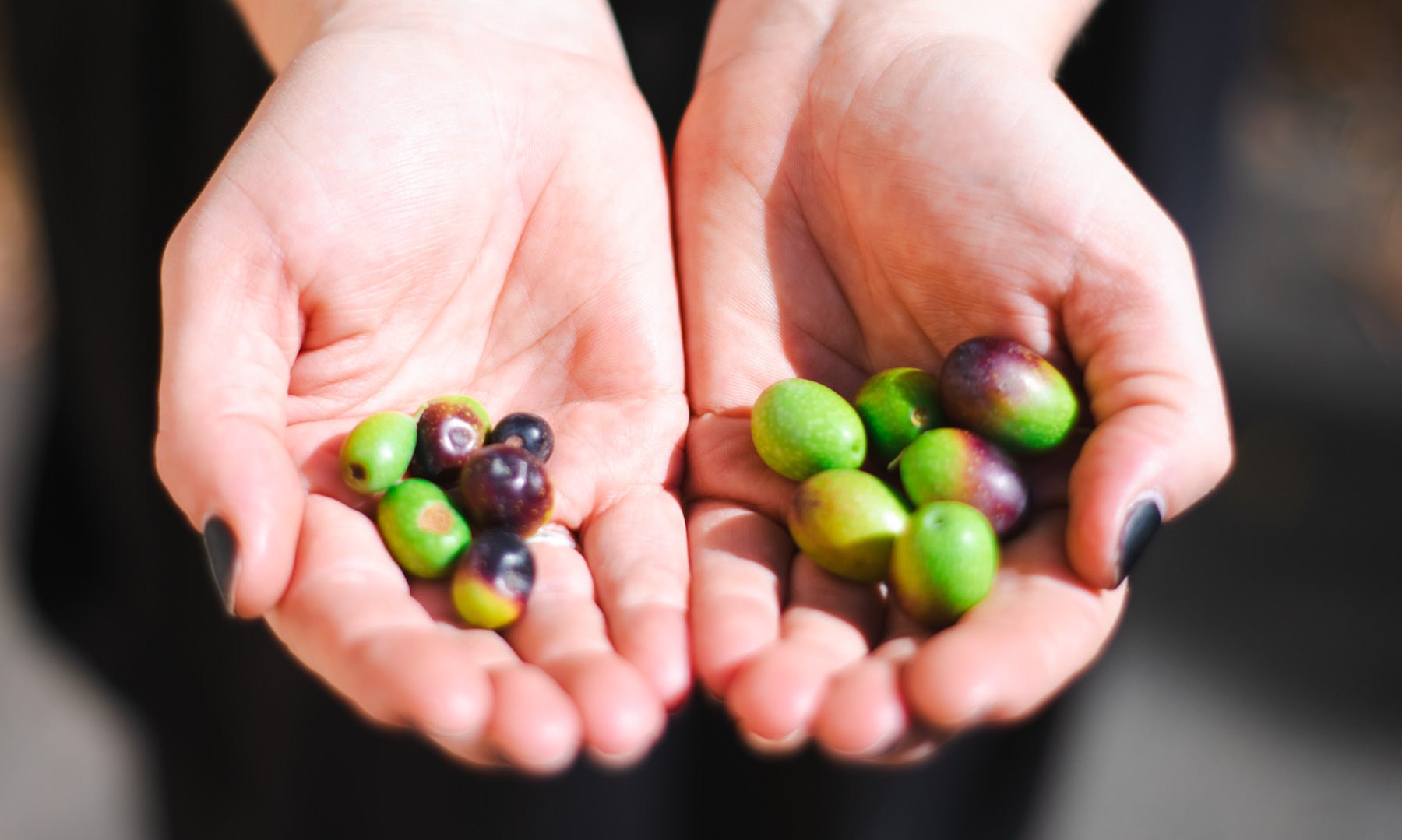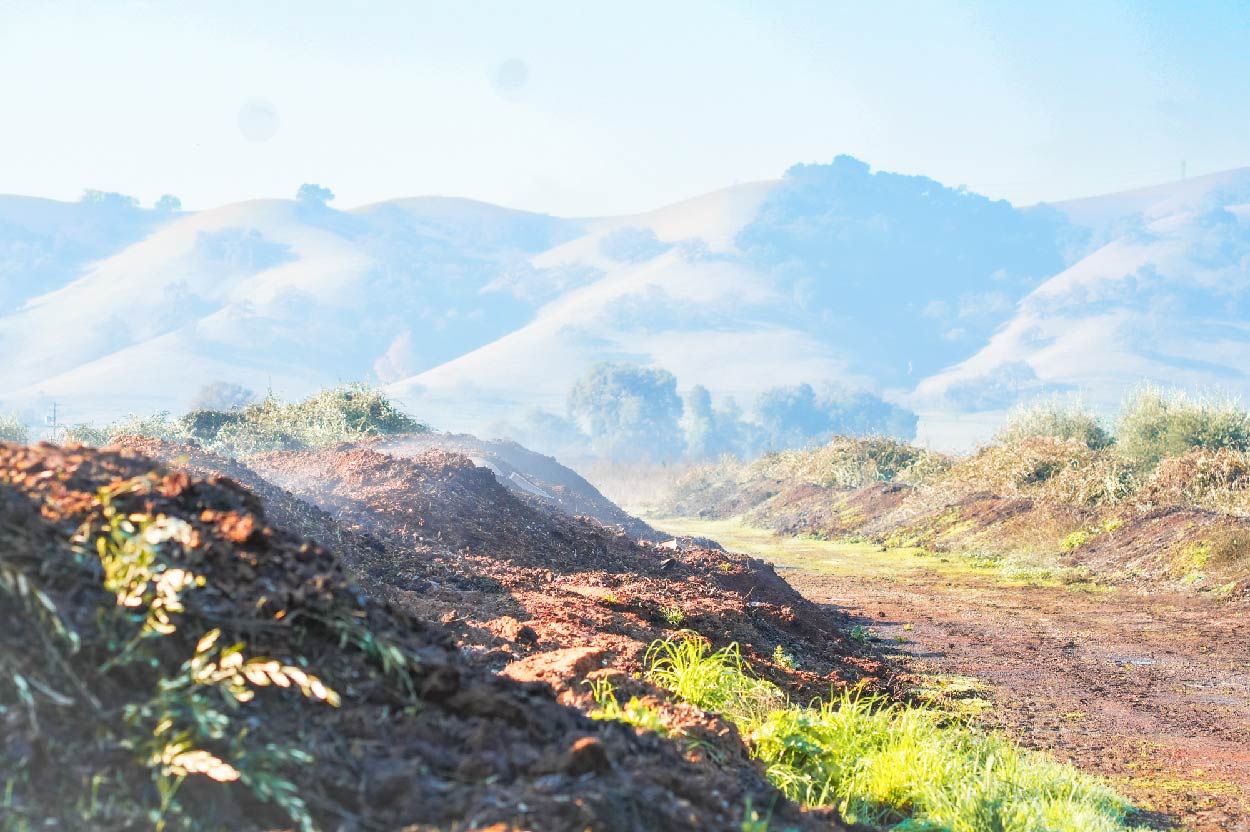Borscht

10 Minutes
30-40 Minutes
6-8 People
Soup
Ukraine
You should eat more beets. They’re one of the most nutrient dense vegetables you can get and are packed with fiber, potassium, vitamins, and antioxidants. Plus, they’re versatile, cheap, and part of a healthy rotation of staple crops on a farm. If you make a point of including beets in your diet, you’re gonna like the life you live, I guarantee it.
Borscht is a dish I didn’t immediately understand. For a long time, I saw it as something heavy, intense, and difficult to love. But I have since figured out that it is actually bright, nuanced, and deeply satisfying. The right balance of earthiness, acidity, and richness transforms it into something unexpectedly elegant. This version leans into that balance, with high-quality olive oil and a finishing touch of vinegar to bring everything to life.
For most of my life, I thought borscht was an uninviting bowl of boiled root vegetables and cabbage, heavy peasant food built more for its ability to survive a harsh winter than to taste good. But then I tried it and all I can say is that it has no business tasting this good, being this full of life.
Specifically, this most closely resembles a Ukrainian Lenten borscht, a meatless version of borscht, (traditionally eaten during the Christian Orthodox Great Lent, which prohibits meat, dairy, and sometimes oil). Not being bound by tradition, however, I find that sour cream is quite welcome here.

Ingredients
-
2 TBSP EVOO or Neutral Oil (30 g)
-
1 ½ TBS Salt (25 g)
-
1 Medium Onion, cut in half and sliced into thin rounds (250 g)
-
3 Medium Beets, cut into bite size wedges (~500 g)
-
2 Medium Carrots, cut into rounds (100-150 g)
-
2 Medium (Butterball or Yukon Gold) or 1 Large (Russet) Potatoes, ½” Dice (400 g)
-
5 cups Water (1.2 L)
-
1 tsp Miso (6 g) (See Note 1)
-
1 tsp Brown Sugar (5 g)
To Finish
-
1 Large Handful Shredded Red Cabbage (~100 g)
-
½ TBSP Coriander, ground (3 g)
-
½ TBSP Black Pepper, ground (4 g)
-
¼ tsp Allspice (1 g)
-
½ TBSP Dill, dry (1.5 g)
-
1 ½ TBSP Fresh Dill, finely chopped (5 g)
-
1 TBSP Apple Cider Vinegar (15 g)
-
1 TBSP Red Wine Vinegar (15 g)
-
4 Cloves Garlic, sliced as thin as possible (20 g)
For Plating
-
Sour Cream, to your preference
-
Fresh Dill, picked into small bits of frond
-
Hearty bread - rye or whole wheat are great, but follow your heart.
Recipe
Step 1
Prep the Aromatics: Start by scrubbing your root veggies (Don’t Peel! - see Note 2). Dice the onion and carrots, then add to a large pot along with the oil, salt, and coriander. Sweat over medium heat until the onion is translucent, about 5–7 minutes.
Step 2
Add the Vegetables: While the onions cook, shred the beets and carrots using a food processor’s shredding attachment or a box grater (see Note 3). Add the beets, carrots, and sliced potatoes to the pot in that order, stirring after each addition.

Step 3
Cook the Base: Add the water, brown sugar, and miso to the pot. Stir to combine, then bring the mixture to a boil. Reduce the heat to a simmer and cook for 15–20 minutes, or until the potatoes are tender.
Step 4
Finish the Soup: Add the shredded cabbage, bay leaves, black pepper, allspice, dill, and both vinegars. Stir to combine and cook for an additional 5 minutes. Add the garlic and simmer for 2–3 more minutes.

Step 5
Serve: Taste and adjust seasoning if needed. Ladle the soup into bowls and serve warm with crusty bread, fresh dill, and sour cream if desired.

Notes for Borscht
1: A good homemade stock can’t be beat, full stop, and a store bought stock is rarely going to benefit your meal. I find that a well made soup that builds a broth from its own aromatics will have a clarity and depth of flavor that can’t be found when using store bought stock. I almost always add a touch of miso to really bring it home. A good miso will add layered complexity to any broth, and at these quantities, you won’t taste it - just its effects.
2: Traditionally the vegetables in borscht would be shredded or julienned. Shredding is a great way to go as a food processor can make quick work of the prep. We made our large batches in the restaurant like this and the borscht was always a hit. I personally prefer cutting the vegetables by hand into wedges or rounds, as I like what it does for the presentation, and I think it adds variety to the texture.
3: You may think you need to peel the carrots/beets/potatos. You can if you choose, but I subscribe to the theory that most vegetables don’t actually need to be peeled, and also that leaving them intact produces a more delicious and nutritious meal. Read more here:






